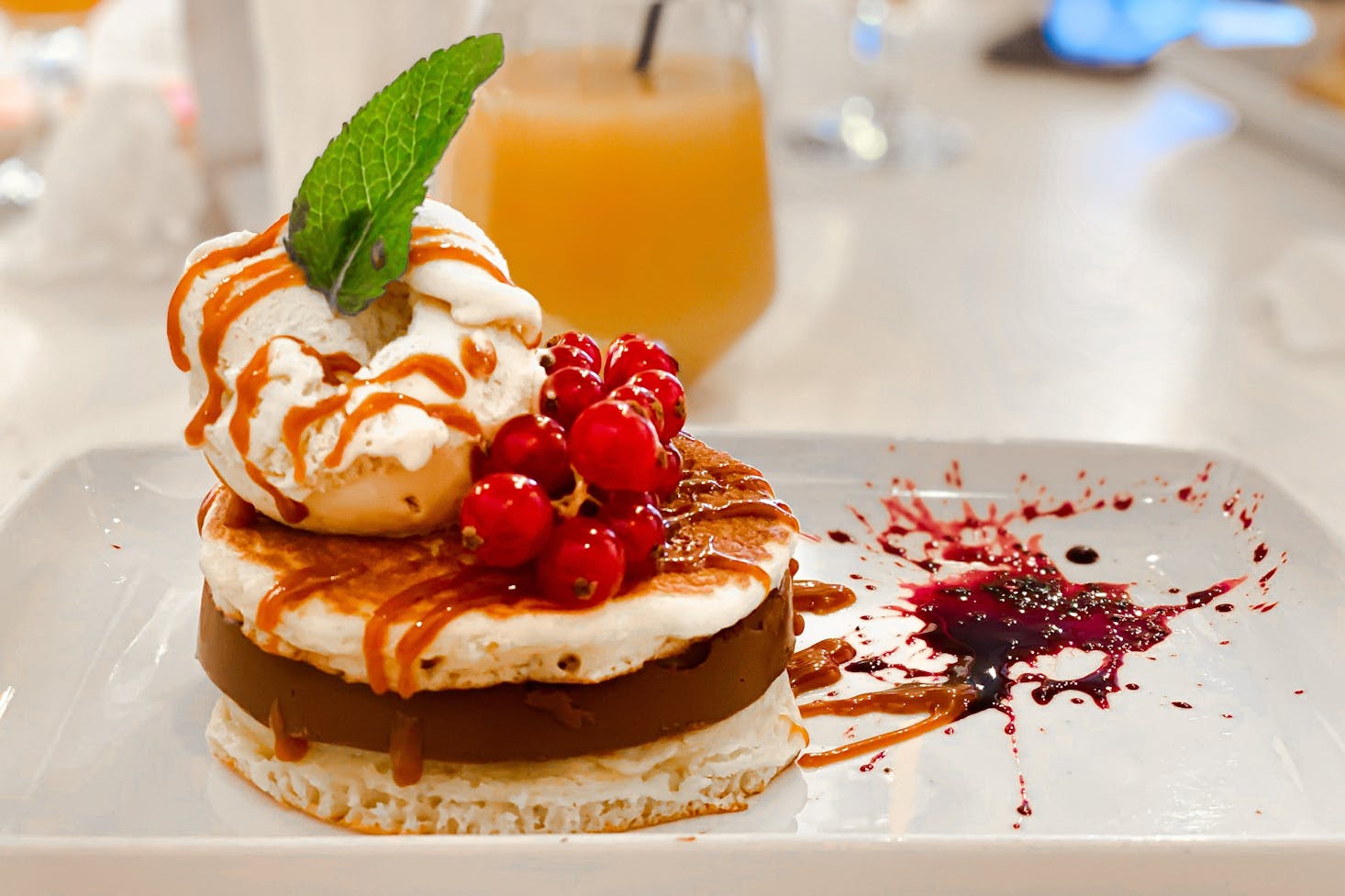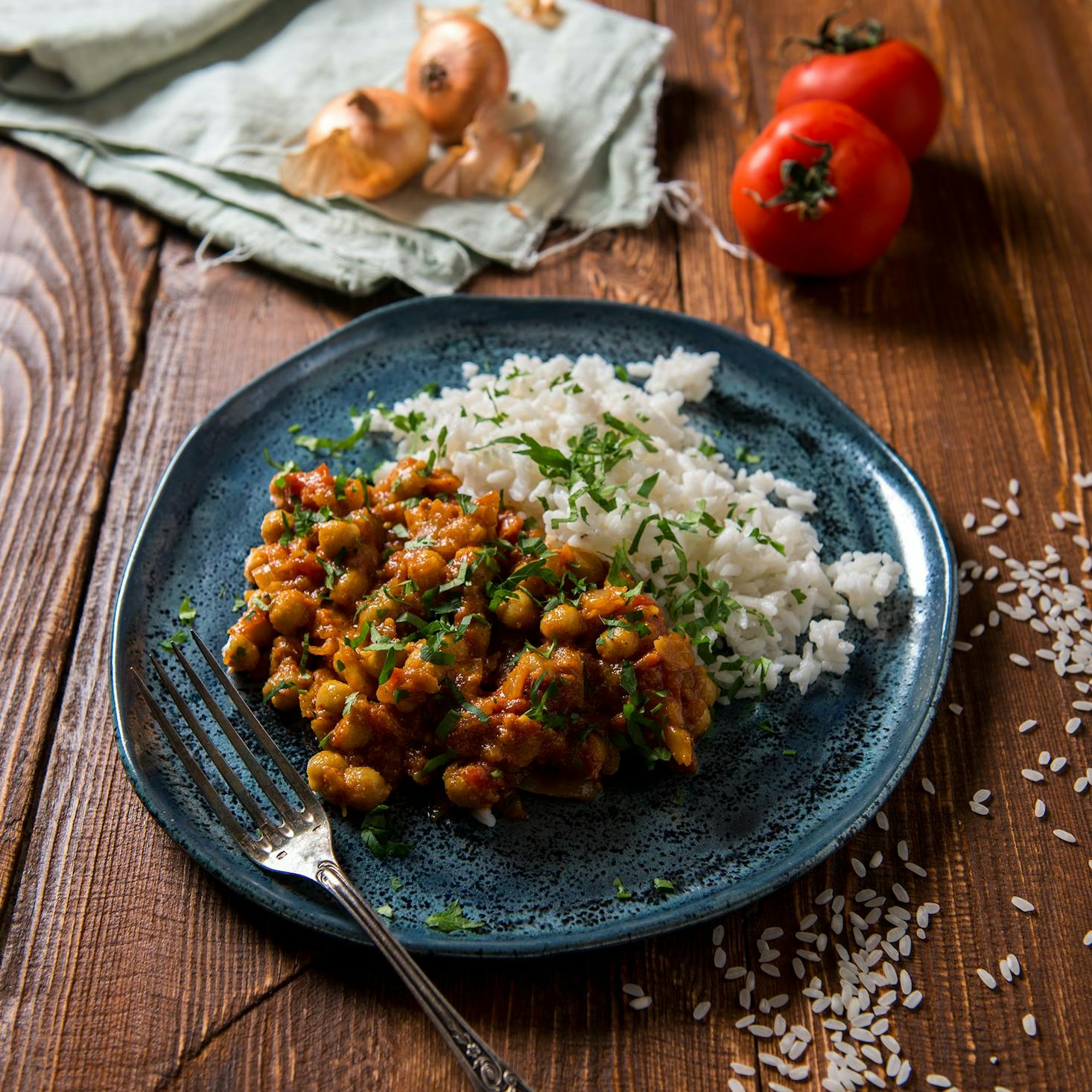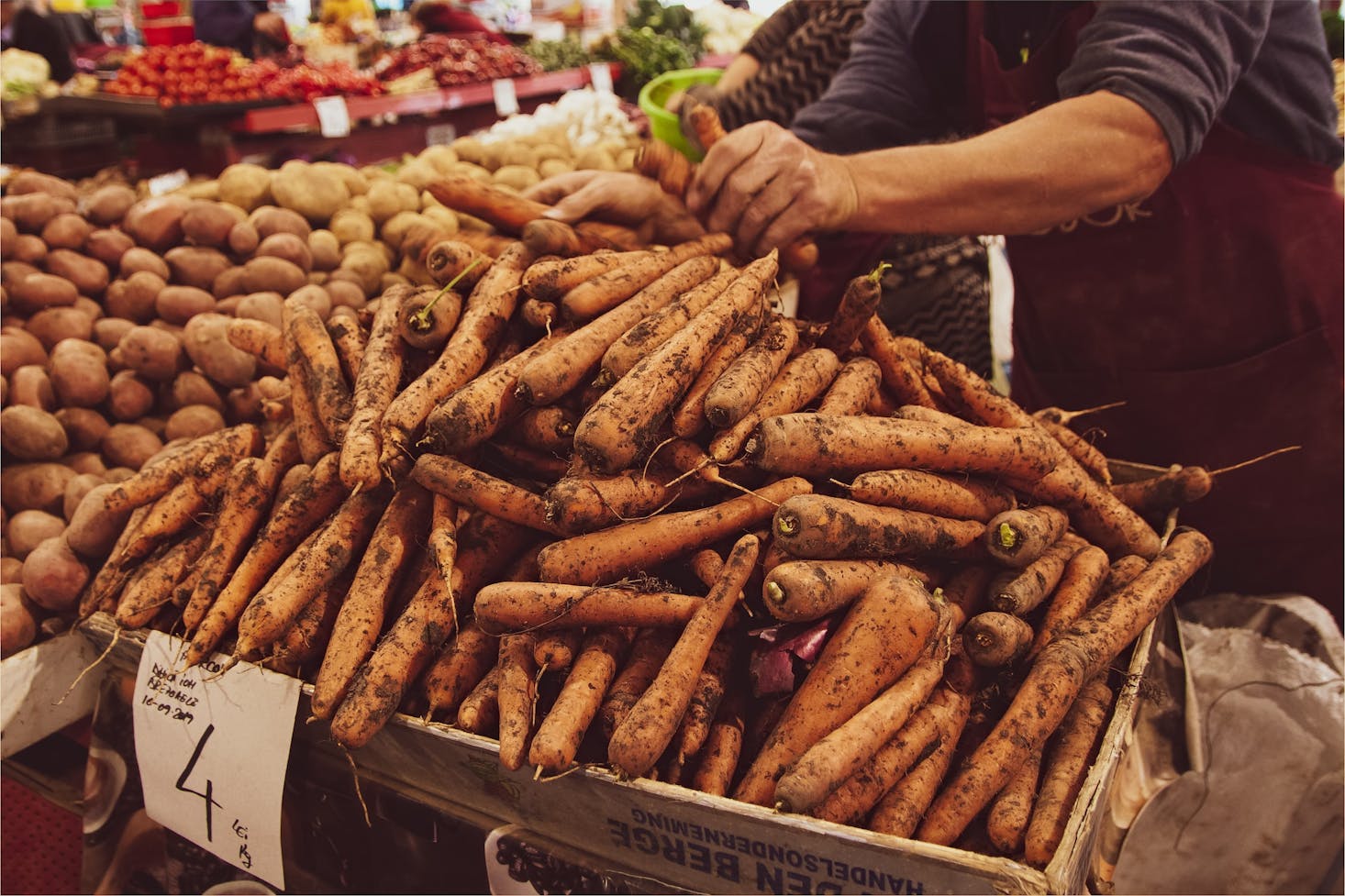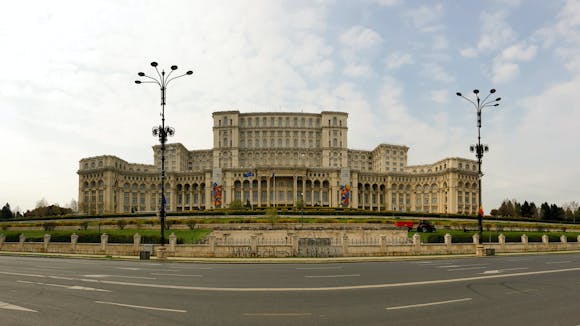What to Eat in Bucharest: 11 Treats You Should Not Miss

Food is always an integral part of a travel experience. So when visiting the capital of Romania, your trip won’t be complete without sampling the traditional Romanian food and exploring the eclectic Bucharest restaurants.
Once called the ‘Little Paris of the East,’ Bucharest is more than its elegant architecture. From the historic Old Town and its crowded streets to the gorgeous neighborhoods in the northern part of the city, this bustling capital offers plenty of dining spots to satisfy your cravings. The best street food in Bucharest is always a must-try, like cascaval pane and covrigi.
Its gastronomy is so colorful and diverse, and you’ll find classic Romanian food combined with other international cuisines, creating a tasty masterpiece. If you’re looking for some veggie delights, the vegetarian restaurants in Bucharest are sure to surprise you. They serve creative, savory dishes made with fresh, local ingredients.
So, are you ready for some delightful culinary adventure? Leave your bags at a safe luggage facility in Bucharest, and then you can start your food tour.
Get $5 off with the Bounce app
Use Bounce to find nearby bag storage in 4,000+ cities worldwide.
Get the app
Bucharest Food: Sarmale
Sarmale (Romanian cabbage rolls) is considered the country’s national dish served during special occasions or festive times. It’s easy to make and delicious to the taste, plus it’s healthy and can even be made vegetarian. It’s also a staple in Romanian cuisine, so it’s not hard to find in numerous traditional Romanian restaurants.
Different countries have their own way of preparing cabbage rolls. But in Romania, sarmales are usually made with pickled cabbage leaves with a filling consisting of rice, minced pork, onions, and other spices and seasonings. It is then simmered with tomato juice, smoked bacon, and thyme. You can enjoy it with mamaliga (Romanian polenta), bread, and sour cream.
Sarmale is a hearty dish that the locals love for its comforting and savory taste. Although it’s usually served during the Easter and Christmas holidays, you can always enjoy it any time of the year.
Bucharest Food: Ciorba de Burta
If you're up for traditional Romanian soups in Bucharest, you should try ciorba de burta. There are many soup dishes in Romania, but this is considered the most popular and can be found in most traditional Romanian restaurants. It’s basically a tripe soup typically consumed as a remedy for hangovers and loved for its flavor and creamy texture.
The soup dish ciorba can be cooked with various meat and vegetables. However, ciorba de burta, in particular, is made with beef tripe, pureed onions and carrots, garlic, sour cream, vinegar, and eggs. Some would serve it with hot chili peppers to add a spicy kick, but you can season it according to your taste.
Like our first Romanian food, this local dish is often eaten on special occasions or during holidays. Some people feel intimidated by the soup and prefer ordering it from restaurants. But it isn’t difficult to make tripe soup at home as long as you have all the essential ingredients.

Bucharest Food: Ciorba de Perisoare
Romanians love their soup, so it’s not surprising to find different types of supa and ciorba in their local cuisine. Another version of ciorba you can order at many Romanian restaurants is the ciorba de perisoare or meatball soup. It’s a classic Romanian soup with flavorful meatballs simmered in broth and herbs. If you can’t choose between some juicy meatballs or a hearty soup, ciorba de perisoare is the answer.
The traditional recipe of the soup includes short-grain rice, making the dish thick and fluffy. But it’s an extremely versatile meal, so you can go with or without rice. You only need raw meat, egg, salt, and pepper for the meatballs. Then, you can prepare some veggies, like celery, tomatoes, diced potatoes, bell peppers, onions, and carrots for the soup.
Beef is typically the preferred meat, but you can also make your meatballs from turkey or pork. With its colorful and healthy ingredients, ciorba de perisoare makes a nutritional meal on a cold day.
Bucharest Food: Cozonac
Don’t know what to eat in Bucharest, but craving sweet treats? Try cozonac, a Romanian sweet bread with a delicious swirl of nut fillings. It looks like any ordinary loaf of bread, but it’s actually considered a cake. It is made from a mix of milk, cocoa, flour, sugar, nuts, eggs, and raisins.
Bulgarians refer to it as kozunak, and it’s also a traditional sweet bread found in other countries like Serbia and Moldova. However, its origins are much older and are believed to hail from ancient Egypt. No matter the case, a piece of cozonac is a perfect snack with coffee and tea on a warm Bucharest morning.
Bucharest Food: Mamaliga
Another traditional food worth sampling in Bucharest is mamaliga, which is common in authentic Romanian feasts. It's one of the easy-to-make Romanian dishes you can try at home using basic ingredients, like yellow cornmeal, salt, water, and butter (sometimes sunflower oil). You can serve it as a side or main dish and it goes well with stuffed cabbage rolls or grilled meat.
Mamaliga is cooked in a clean, special-shaped cast iron pot. After boiling all the ingredients together, it is then cooled and hardened. You can pair it with herbs, sour cream, and fresh Romanian cheese or a hot petter on top. If you want to try this traditional Romanian cuisine but can’t cook it at home, don’t worry, as it’s a mainstay on the classic menu of most Bucharest restaurants.
An interesting historical fact about mamaliga is that it was a typical peasant dish. Impoverished families would eat this as a substitute for bread, becoming a staple dish in poor rural areas. Over the years, mamaliga has become an upscale dish that can be found even in the finest restaurants throughout the country.

Bucharest Food: Covrigi
Often called the Romanian pretzels, covrigi falls in the street food category you can find at a corner shop or street food vendors. It’s an interesting combination between the German pretzels and American bagels, as it’s not too chewy but has some chewiness and a bit of crunch. It’s probably safe to say that it’s the perfect glossy version of your typical pretzel.
The secret behind its glossiness is sodium bicarbonate, so add this to your ingredients if you want to make one at home. It is baked and sprinkled with sesame seeds or salt, but modern variations include other fillings like chocolate, walnuts, fruit, jams, and cheese.
Bucharest Food: Gulaș
If you want to try savory stew on your Bucharest trip, you should try gulas. From its name, it is the Romanian equivalent of goulash, which is a beef stew from Hungary. This stew is known for its strong taste as it is seasoned with paprika and many more spices.
Although many different recipes exist for gulas, this classic dish is easy to make. A basic recipe (and perhaps the original) is made with meat, usually beef or pork, and sometimes veal and lamb. Then, it is flavored with paprika and onions, as well as other ingredients like garlic, carrots, tomatoes, parsley, red peppers, cumin, and bay leaves.
If you’re asking what gulas are served with, there are many great options to choose from. You can prepare it with mashed potatoes, rice, and pasta. But if you’re looking for a more traditional experience with this local cuisine, we suggest pairing your gulas with polenta.
Bucharest Food: Ardei Umpluţi
A food trip would not be complete without a starter. In Bucharest, your best option is ardei umpluti. This Romanian dish translated to “stuffed pepper” in English. Stuffed peppers exist worldwide, and every country has its own version. However, none is comparable when you have it Bucharest.
Stuffed peppers are famous in many Balkan countries like Serbia, Bosnia and Herzegovina, Albania, Armenia, and Georgia. You can use any vegetable to make this dish. But in the Romanian version, ardei umpluti refers to yellow bell peppers, sometimes red and kapia. The pepper is then stuffed with a filling made of ground pork, herbs, white rice, garlic, onion, and spices. Traditionally, the stuffed peppers are boiled in tomato juice seasoned with salt, bay leaves, and pepper.
Other recipe versions also exist, and many twists and modifications have been made to the basic recipe. For instance, some cooks want their dishes stuffed with other ingredients like carrots, cheese, mushrooms, and tomatoes; it depends on the dish’s region.

Bucharest Food: Mititei
Known as the star of every barbeque in Romania, mititei is a meat dish Romanians love to have in every barbeque gathering with friends and families. It is the local version of cevapi and one of the country’s most famous street food you’ll find in street food stalls.
The word mititei literally means “small ones,” a perfect reference to these little sausages. It combines ground meat (lamb, beef, or pork), herbs, and spices such as black pepper, anise, garlic, coriander, paprika, thyme, and savory.
This street food can be enjoyed with muraturi or pickled vegetables, French fries, and mustard. It also goes well with bread, cold beer, and even Romanian wine. It is believed to have been around since the 19th century and has continued to be loved.
Bucharest Food: Salata de Boeuf
Salata de boeuf tastes just how it looks. It is visually appetizing and colorful, which matches its delicious flavor. It translates to “beef salad,” as beef is its main ingredient. But you can also make it with chicken or turkey. It’s considered a holiday dish since it’s most popular during Christmas, New Year’s Eve, and Easter. If you ask a local, they would say that every Christmas dinner won’t be complete without it.
Salata de boeuf is made with a delicious mixture of minced meat (usually beef), diced potatoes, muraturi, root vegetables, peas, and plenty of mayonnaise. It is then topped with pickles and olives and garnished with hard-boiled eggs for a better presentation. You can also find other recipes that use different kinds of meat, like pork with veggies.
This dish is enjoyed as a starter or an appetizer. And like any salad, salata de boeuf is best served cold, so don’t warm it up. It goes well with roast turkey, but no one will judge you if you have it for breakfast with bread.

Bucharest Food: Joffre Cake
A delicious dessert is always the perfect ending to a meal, which is why our list of mouthwatering traditional Romanian food won’t be complete without adding Joffre Cake. It’s a rich layer of chocolate buttermilk cake that originated in Bucharest in 1920.
Joffre Cake’s story starts at Casa Capsa, a historic restaurant and café in Bucharest. It was built in 1852 and is still in operation today, just a ten-minute walk from Romanian Athenaeum. It was created when the leader of the French Army, Marshall Joffre, visited Romania in 1920, shortly after the first World War, hence the name Joffre Cake. Grigore Capsa prepared the chocolate cake to honor the visit of a distinguished France guest.
The cake was undoubtedly a success. Today, it remains one of the favorite desserts that the country’s capital is proud of and greatly pleased with. It is filled with chocolate ganache and can be made from scratch with only five ingredients – cocoa powder, powdered sugar, butter, eggs, and flour. Even if you’re not a fan of sweets and don’t want to eat traditional food, a slice of Joffre Cake is a must when visiting Bucharest.
Traditional Romanian Food
The capital of Romania has a booming dining scene with plenty of restaurants, food stalls, cafes, snack bars, and eateries dotted throughout its beautiful neighborhoods. You can eat pretty much everywhere and find tasty delicacies that suit your taste and budget. And with international and local dishes available at these dining places, you don’t have to wonder what to eat in Bucharest when you visit.
If you’re worried about the amount of food you’ve consumed, it’s not hard to find a spot to exercise and shed some calories during your tour. You can take advantage of the vast parks and the best hikes in Bucharest to maintain your weight goals while enjoying your gastronomic adventure.
Get $5 off with the Bounce app
Use Bounce to find nearby bag storage in 4,000+ cities worldwide.
Get the app



